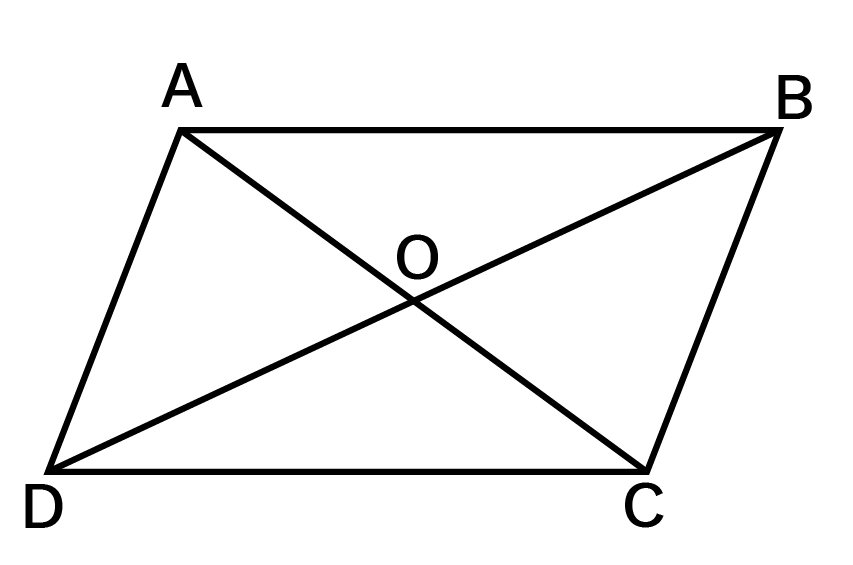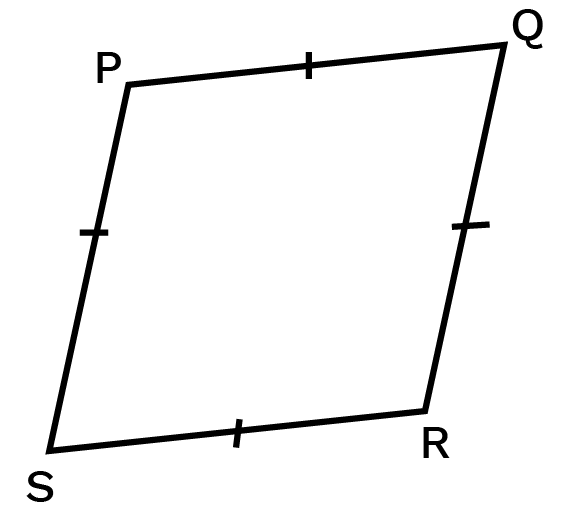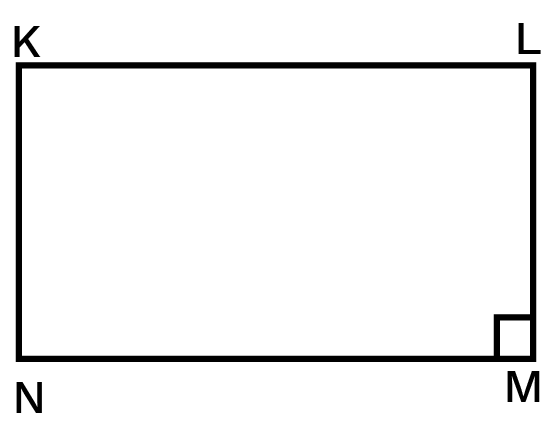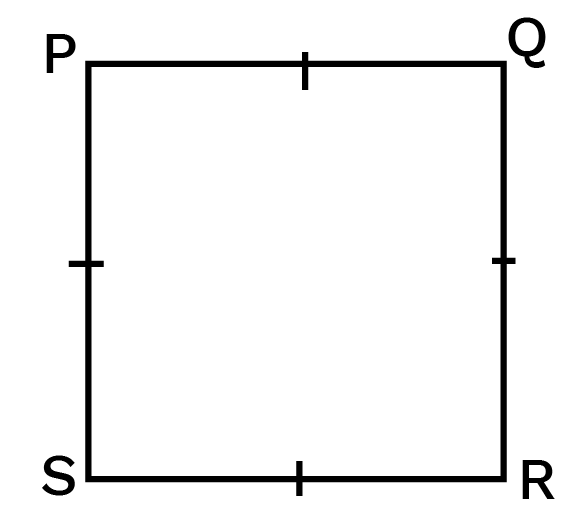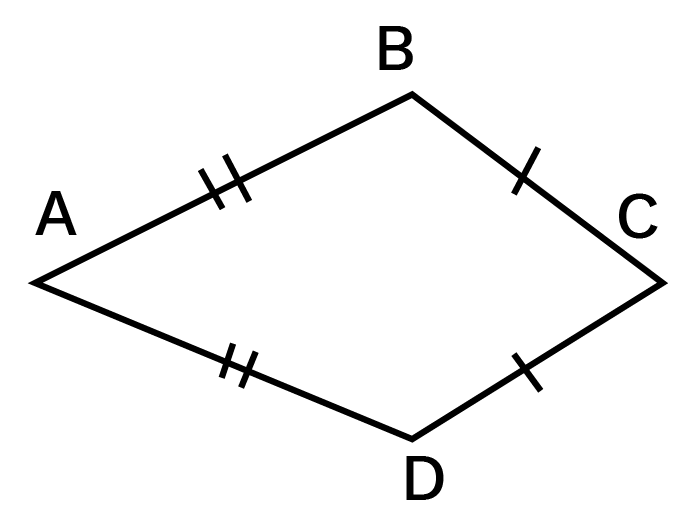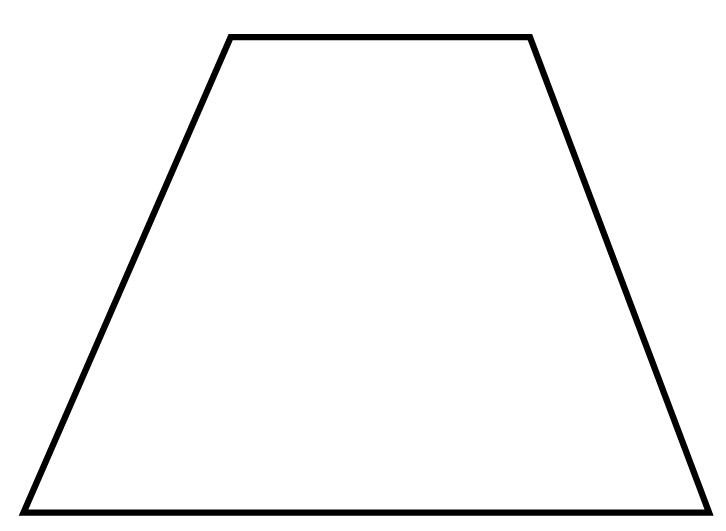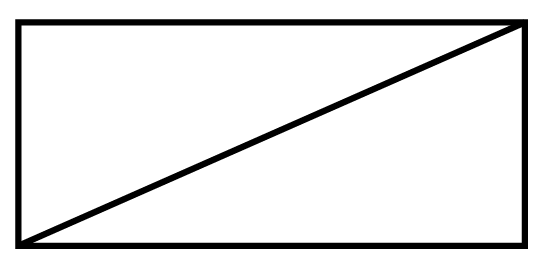Maths Notes for Chapter 3 Understanding Quadrilaterals Class 8 - FREE PDF Download
FAQs on Understanding Quadrilaterals Class 8 Maths Chapter 3 CBSE Notes - 2025-26
1. What are the key topics included in the Understanding Quadrilaterals Class 8 revision notes?
The Class 8 Maths Chapter 3 revision notes cover essential topics such as definition and properties of quadrilaterals, polygons, classification of polygons, types of quadrilaterals (parallelogram, rectangle, square, rhombus, trapezium, kite), angle sum property, the sum of exterior angles, and the elements of a quadrilateral. Reviewing these topics ensures a holistic understanding for quick revision before exams.
2. How should students use revision notes for effective preparation in Class 8 Maths Chapter 3?
Students should use these revision notes for
- Quick summaries before exams
- Recapping important formulas and definitions
- Linking key properties across different quadrilaterals
- Cementing concepts right after completing a chapter or during regular weekly revision
3. Which properties of quadrilaterals are most important to remember for revision?
The most important properties of quadrilaterals to revise include:
- Sum of interior angles equals 360°
- Opposite sides and angles in parallelograms are equal
- Diagonals bisect each other in parallelogram, are perpendicular in rhombus and kite, and equal in a rectangle and square
- Only one pair of parallel sides in a trapezium
4. What is the recommended order for revising Chapter 3: Understanding Quadrilaterals for exams?
Begin revision by understanding types of polygons and their basic definitions. Next, focus on properties of quadrilaterals and their classification. Then, study angle sum properties and special types (parallelogram, rectangle, rhombus, etc.). Finish by practicing element identification (sides, vertices, diagonals) and solving MCQs or short questions based on these concepts.
5. How do concept maps in revision notes help in quick recap of Chapter 3?
Concept maps in revision notes visually connect the relationships and differences between types of quadrilaterals, properties, and formulas. They offer a bird's-eye view for fast recall, making it easier to remember features and quickly access key facts during last-minute revision.
6. Why is it essential to learn the angle sum property of quadrilaterals while revising?
The angle sum property states that the sum of the four interior angles of any quadrilateral is always 360°. This rule is fundamental because it forms the basis for solving angle-based questions and verifying the properties of different quadrilaterals, which often appear in final exams.
7. How do revision notes simplify differences between parallelogram, rectangle, rhombus, and square?
Revision notes use tabular comparisons and bulleted lists to highlight differences in sides, angles, and diagonals among parallelogram, rectangle, rhombus, and square. By grouping properties together, students can clearly identify what makes each shape unique for faster and more effective revision before exams.
8. What are common errors students should avoid when revising Understanding Quadrilaterals Class 8?
Common mistakes include forgetting the angle sum property, confusing properties of similar-looking quadrilaterals (like a square vs. rhombus), and misidentifying diagonals or sides. Revision notes highlight these areas with quick tips and reminders, so students should pay special attention to these during their revision sessions.
9. In what ways can revision notes support students with last-minute exam preparation?
Revision notes condense all formulas, definitions, and diagrams from the chapter, making it easy to scan and recall information quickly just before the test. This saves time and ensures that even complex concepts feel manageable during last-minute preparations, reducing exam anxiety.
10. What makes Vedantu’s revision notes for Class 8 Chapter 3 effective compared to regular textbook summaries?
Vedantu’s revision notes are designed by subject experts to focus only on the most relevant CBSE 2025–26 syllabus content, highlight exam-oriented points, use simple language, and include key diagrams and concept maps for easier comprehension and retention compared to standard textbook summaries.
























